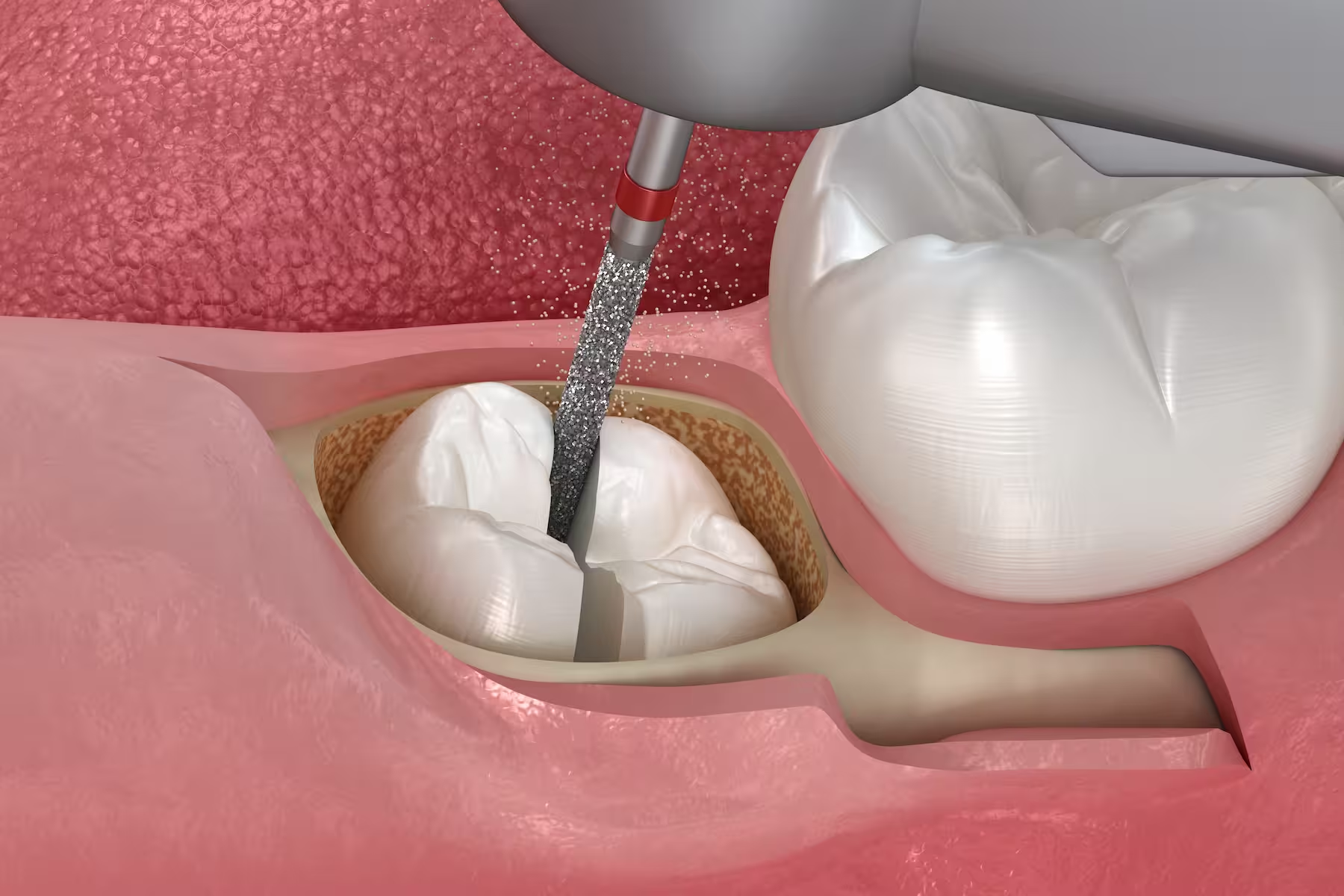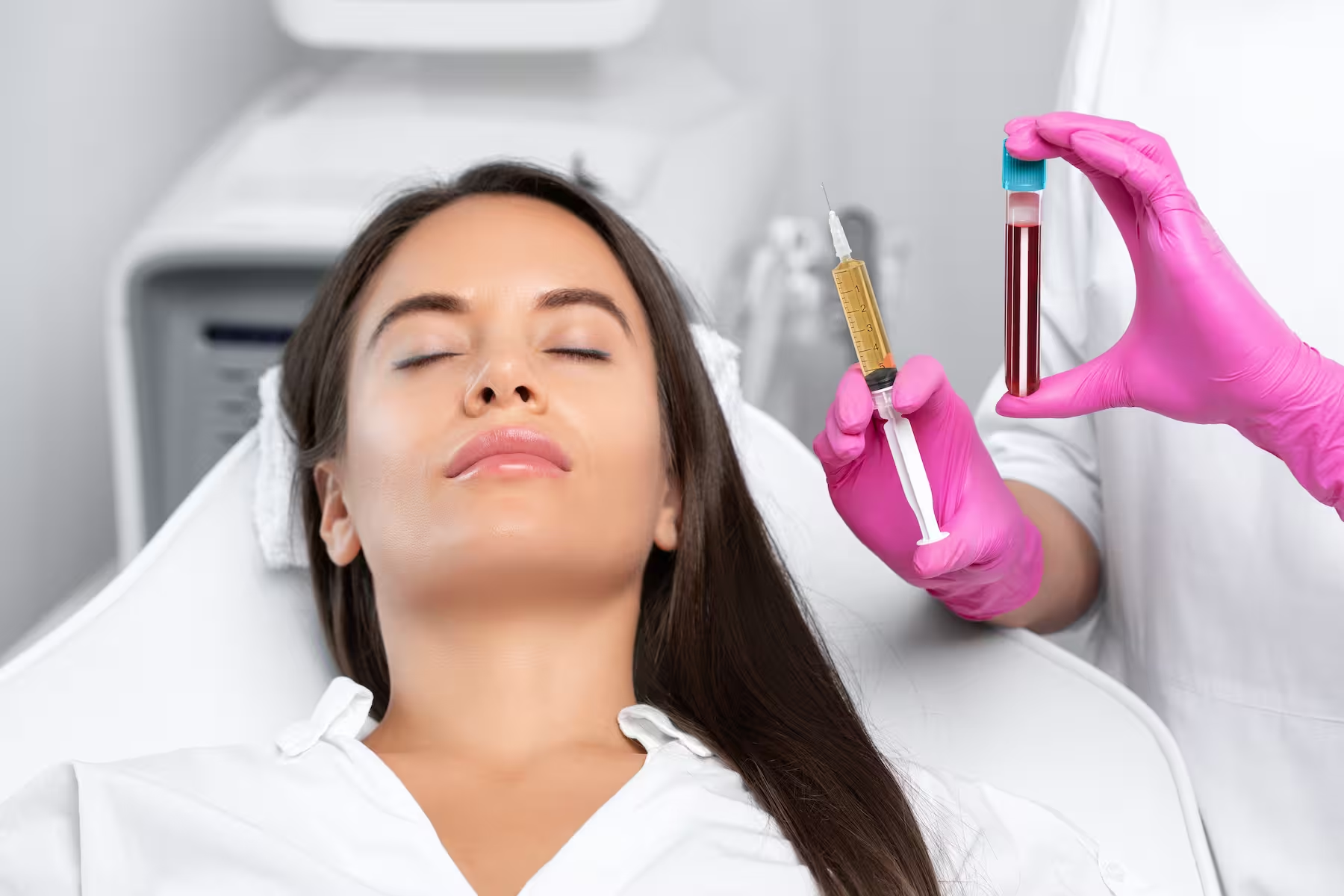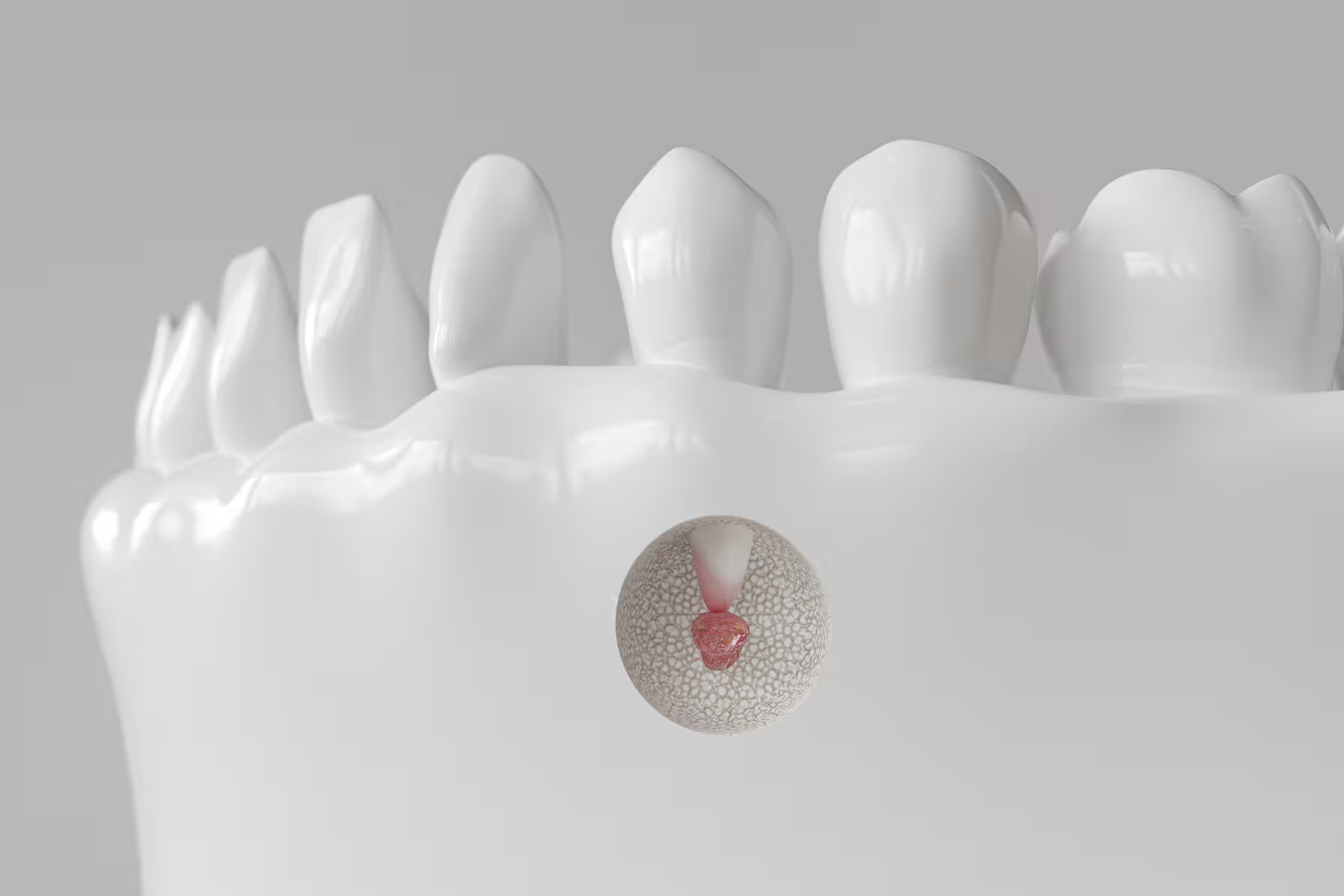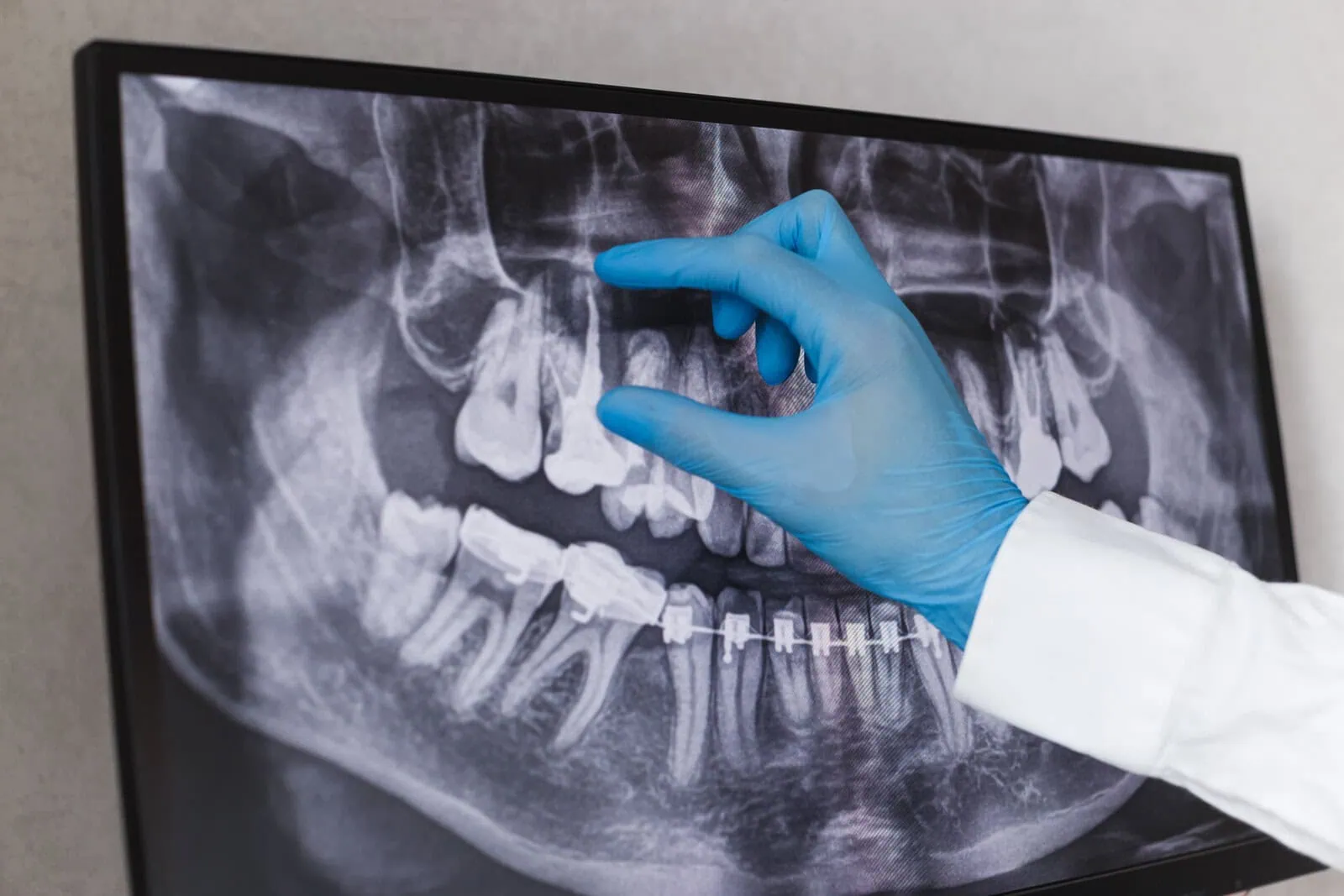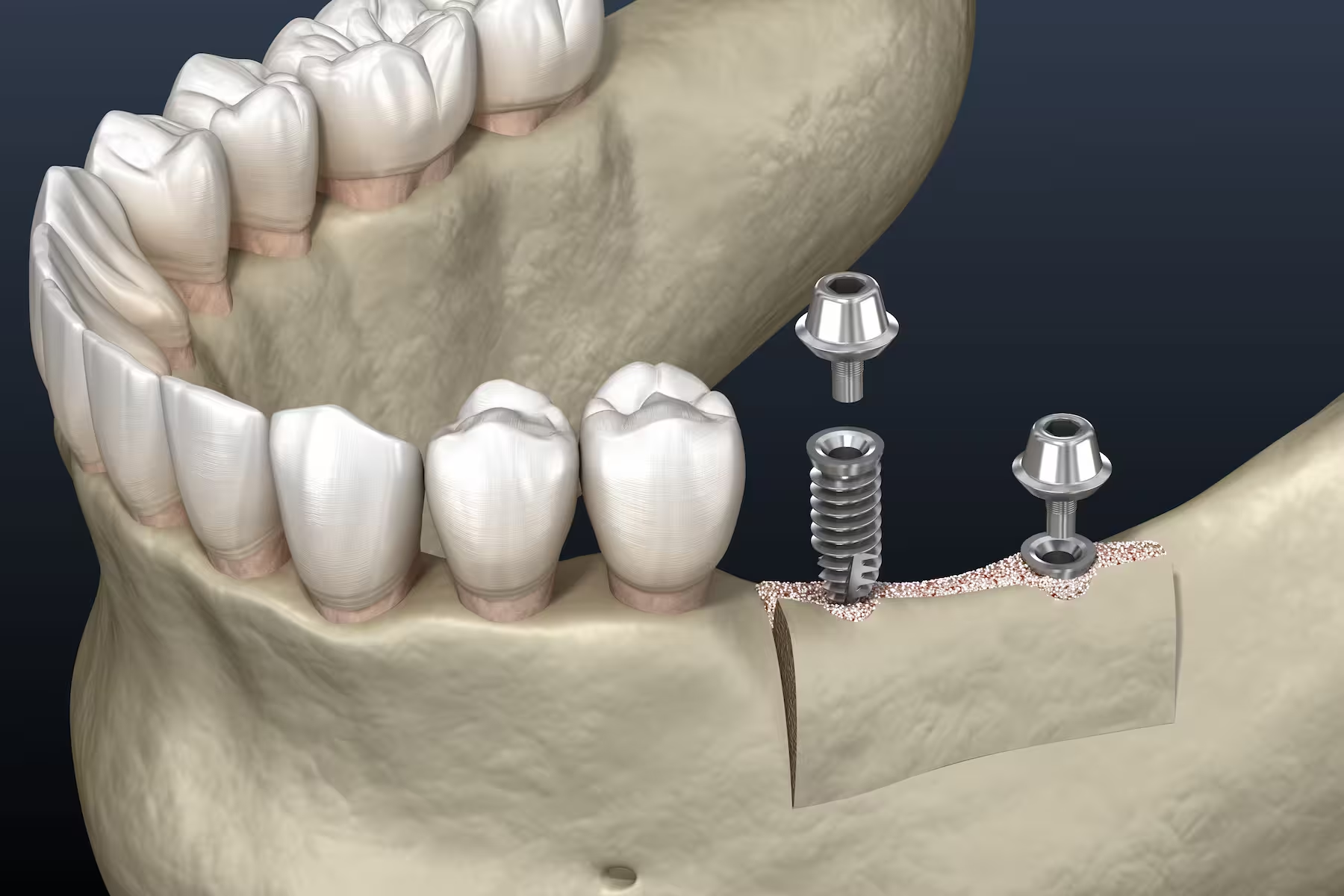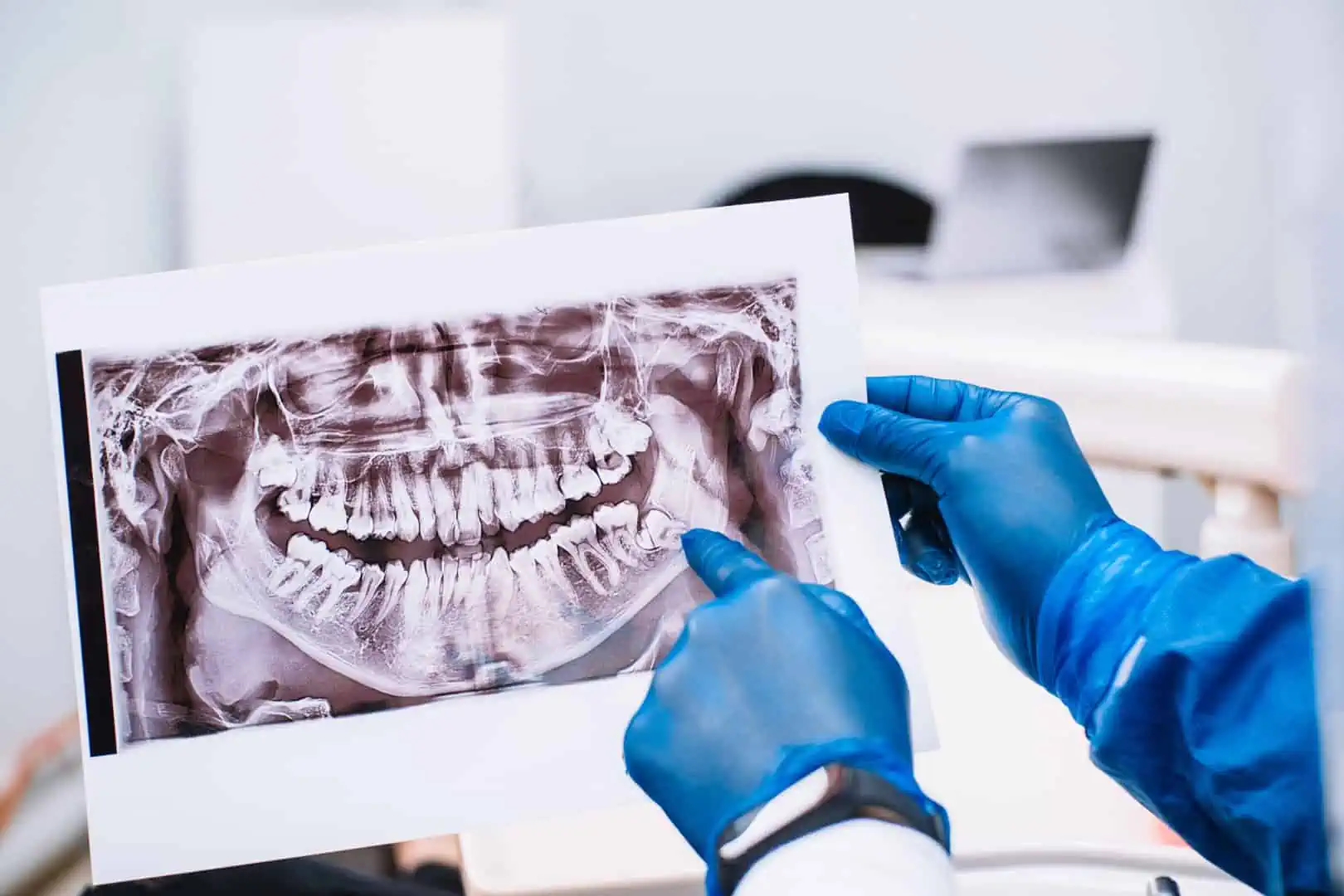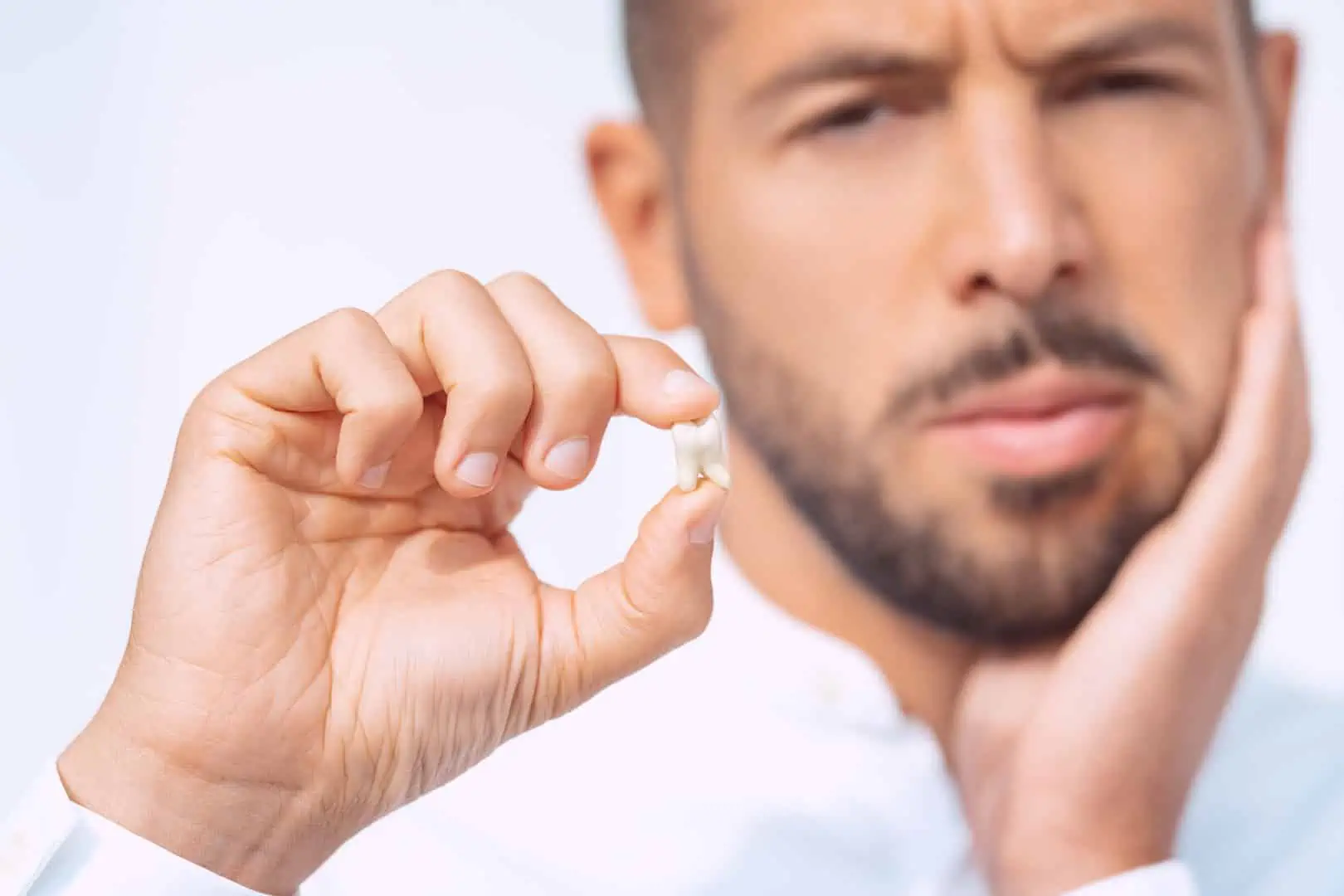Surgical Dentistry in Boynton Beach, FL
Advanced Dental Surgery with Precision and Comfort
At South Palm Dental, surgical dentistry is an essential part of addressing advanced oral health concerns and restoring lasting function through precise, patient-centered care. From routine extractions to complex procedures, our team utilizes minimally invasive techniques and advanced diagnostics to deliver high-quality surgical solutions in a comfortable setting for patients in Boynton Beach, Delray Beach, Gulf Stream, and Boca Raton.
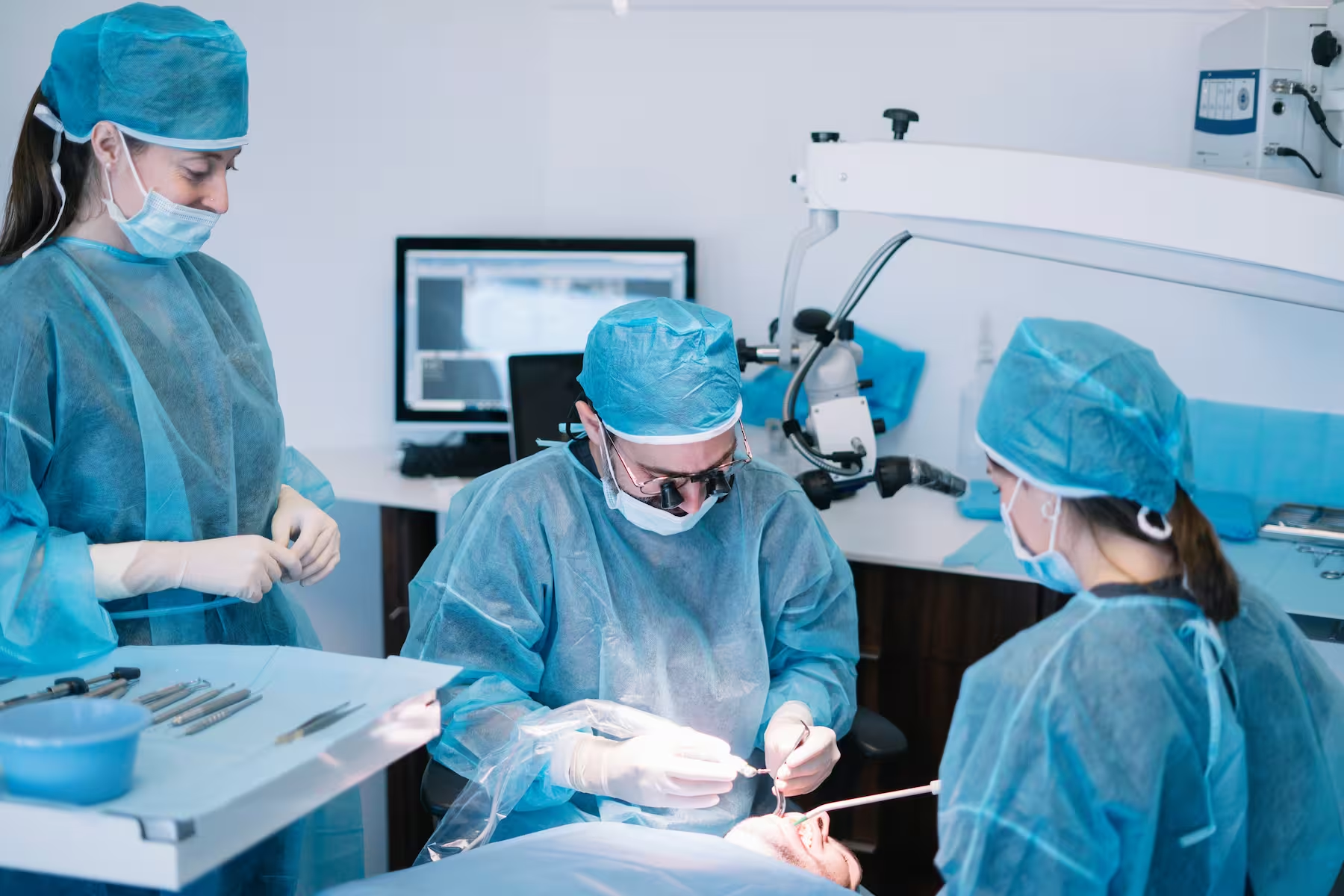

Surgical Dental Services Offered
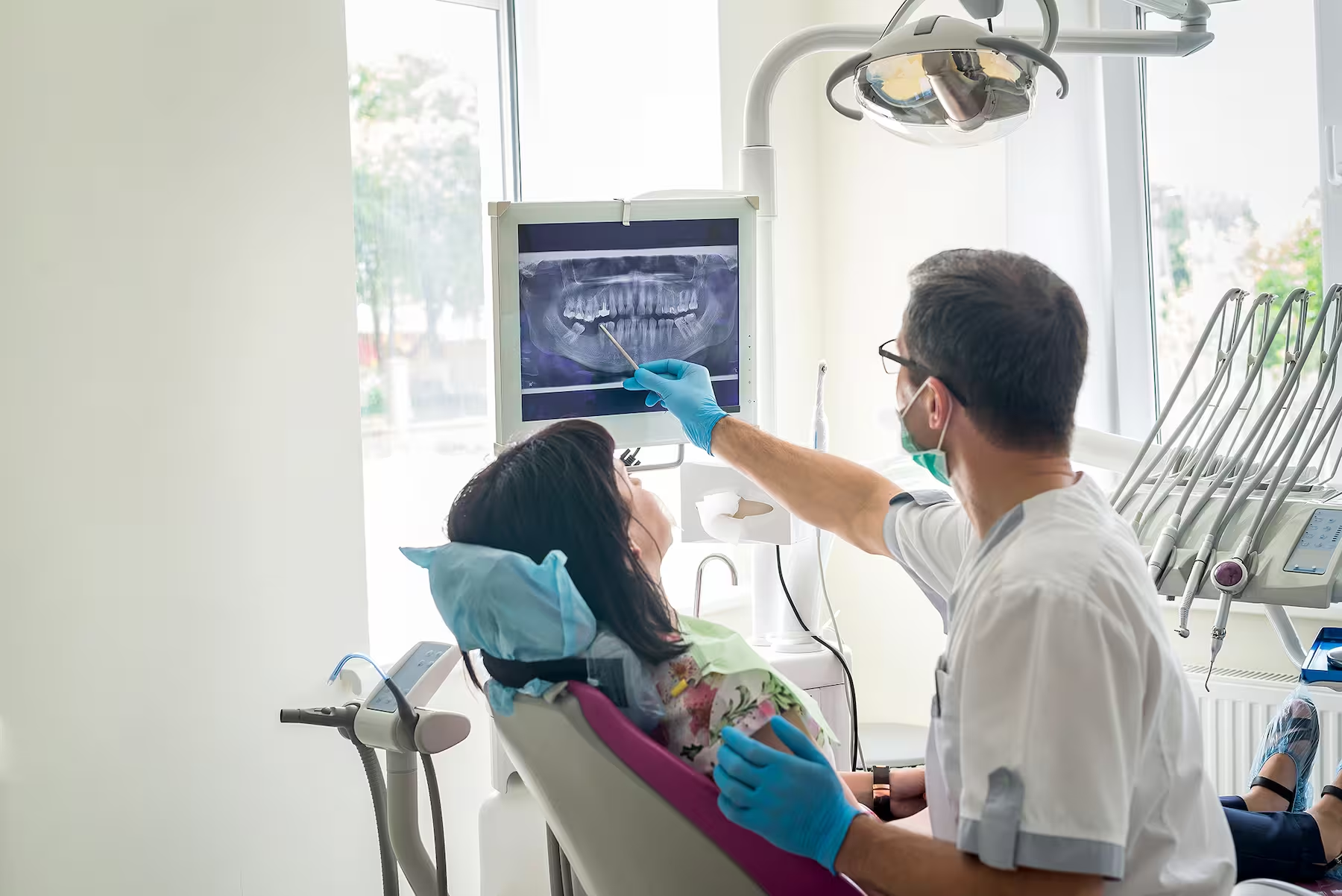
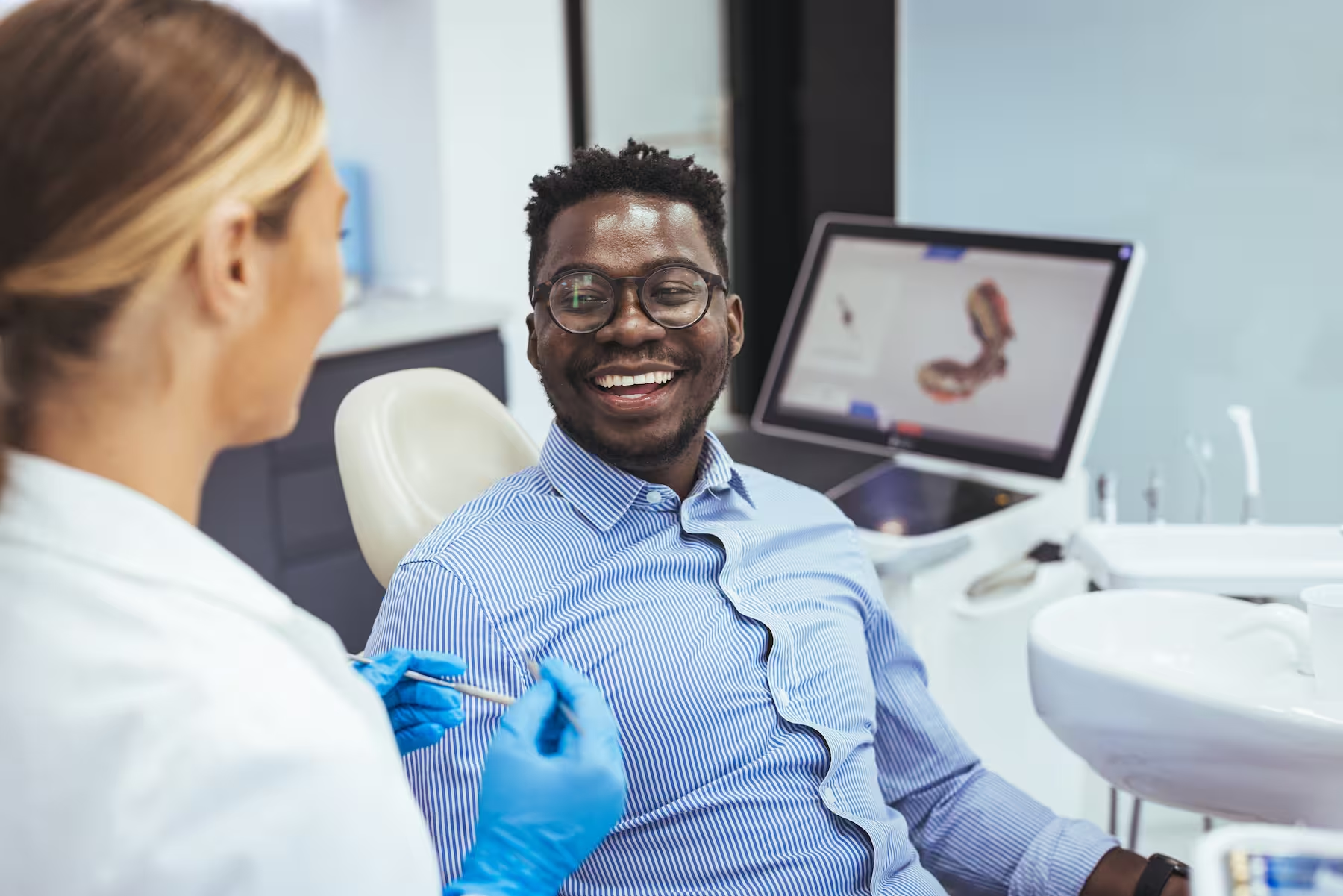

Our surgical dentistry services are designed to treat conditions affecting the teeth, gums, jaw, and underlying bone structure. Below is an overview of the procedures we provide.
Surgical Dental Services Offered
Our surgical dentistry services are designed to treat conditions affecting the teeth, gums, jaw, and underlying bone structure. Below is an overview of the procedures we provide.
Frequently Asked Questions
Is oral surgery painful?
Surgical procedures are performed under local anesthesia or sedation to ensure patient comfort. Post-operative discomfort is usually manageable with prescribed or over-the-counter medication.
How long is recovery after a tooth extraction?
Most patients recover within a few days, although complete healing of the extraction site may take 1 to 2 weeks depending on the complexity of the procedure.
Can I be sedated during my oral surgery?
Yes. We offer sedation options such as nitrous oxide and oral conscious sedation for eligible patients undergoing surgical treatment.
What is bone grafting used for?
Bone grafting is used to build up areas of the jawbone that have deteriorated due to tooth loss, trauma, or periodontal disease, especially in preparation for implants.
Do you perform emergency surgery for dental injuries?
Yes. We treat dental emergencies including knocked-out teeth, fractured jaws, and trauma resulting from accidents or sports injuries.
How do I know if I need an apicoectomy?
An apicoectomy may be necessary when a root canal fails to resolve an infection or when the tip of the tooth root remains affected despite prior treatment.
Are these procedures covered by insurance?
Coverage depends on your dental insurance plan and the medical necessity of the procedure. Our team can help verify your benefits and provide cost estimates in advance.
Is PRP safe and effective?
Yes. PRP (Platelet Rich Plasma) uses your own blood to stimulate healing and reduce recovery time, and it’s commonly used in oral surgery with great success.
The rich text element allows you to create and format headings, paragraphs, blockquotes, images, and video all in one place instead of having to add and format them individually. Just double-click and easily create content.
Specialized Surgical Dentistry You Can Trust
If you're facing a dental condition that requires surgery, South Palm Dental offers modern, compassionate care delivered by an experienced team. We prioritize your safety and long-term wellness every step of the way.


